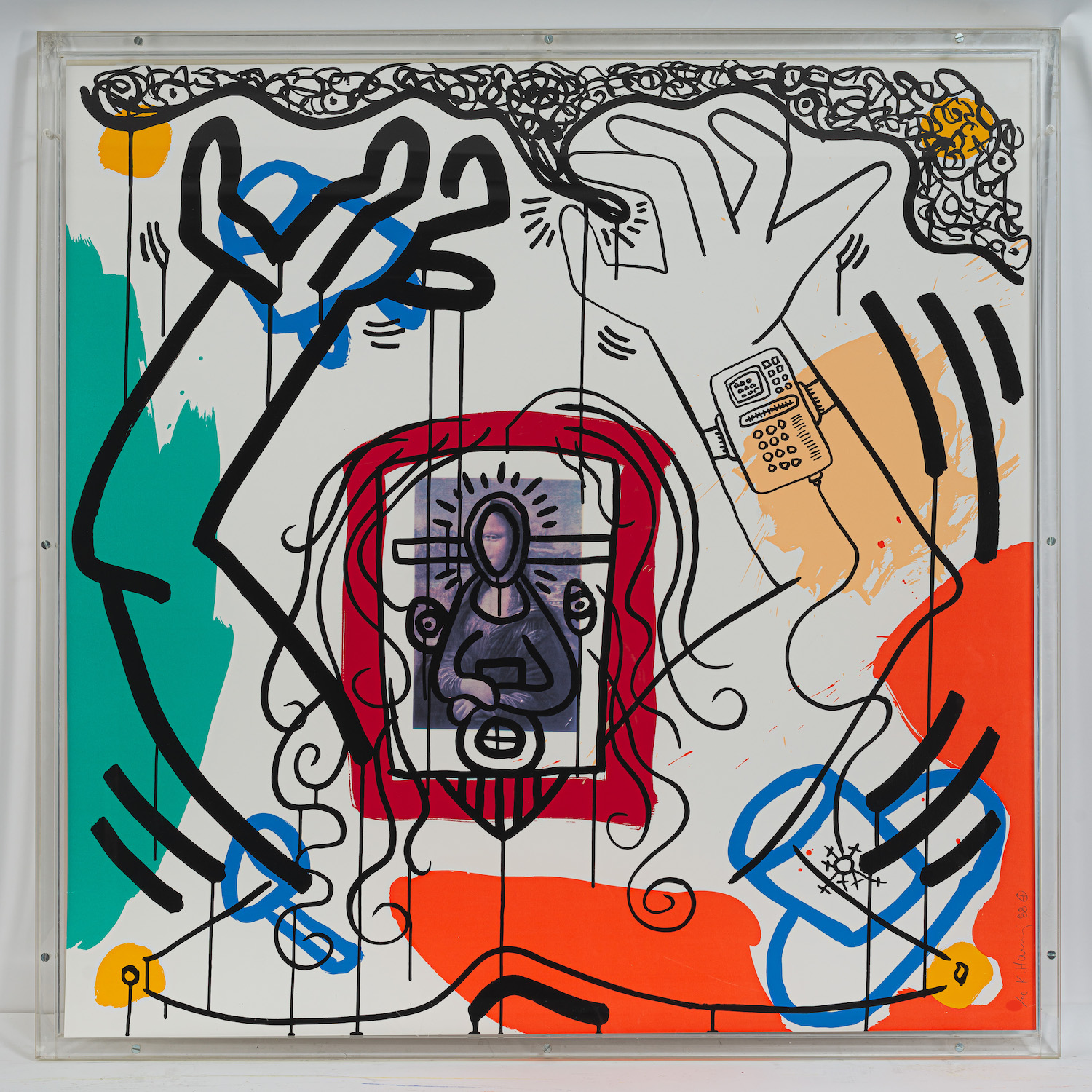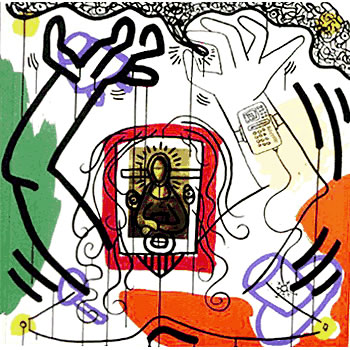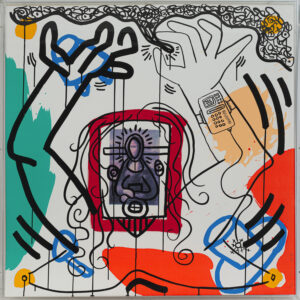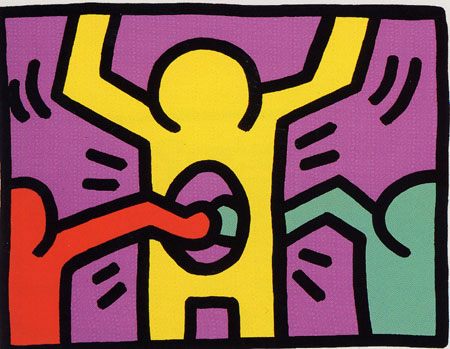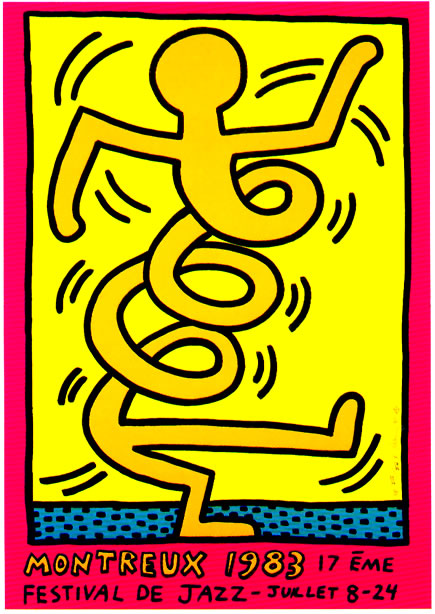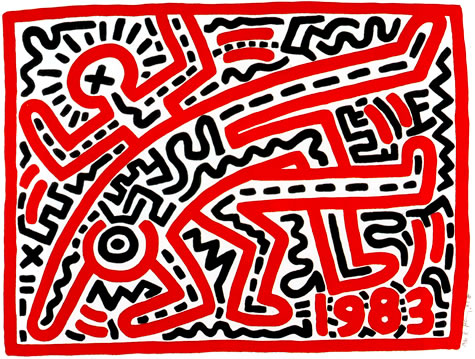Apocalypse (6) by Keith Haring unveils an audacious visual narrative that captures Haring’s signature fervor, blending classic art references with a profound critique of contemporary issues. Set against a white canvas splattered with vibrant blots of color, the composition commands attention through its contrasting visuals—a sweep of verdant green on the left and a menacing crimson claw extending from the bottom right.
Page 6
Oh dont bother – burst from concrete – with all that junk, John – were all spirits, John – covers – the Director is on stage and are melted into – walls – air and you know what that means in show business – of glass – melt into thin air. Hurry up please its time. Caught – burn – in New York beneath the animals of the village – with madness – the Piper pulled down the sky. This insub – billion crazed – stantial pageant faded leaves not a – roads buck – wrack behind. Closing time, hurry – sidewalks run ahead – up its time. – William Burroughs
Scattered throughout the piece, purple marker drawings emerge—depictions of a hat and a cluster of mushrooms perhaps. Two arms stretch upwards from the base base of the image, their parallel alignment disrupted by distinct artistic treatments. One arm is rendered in robust black ink, contrasting with its counterpart: a sketched limb with finer lines showcasing a modern device—reminiscent of a walkman or calculator—worn as a wristwatch. Intriguingly, this arm appears to be manipulating the maze of squiggles crowning the image, with inky drips cascading downwards, invoking the imagery of a puppeteer’s strings.
Central to the composition is its collage element, a defaced rendition of Leonardo DaVinci’s La Gioconda (Mona Lisa). Surrounded by a vivid red frame and adorned with gestural lines suggesting flowing tresses, Haring’s cartoonish corona and a cross overlay the iconic face. This juxtaposition produces a striking dichotomy between the revered refinement of classical art and the unrestrained rawness of Haring’s marks. Furthermore, the Mona Lisa, controlled by the puppeteer’s strings, becomes emblematic of manipulation and dominion.
Through Apocalypse (6), Haring’s visceral graffiti style accentuated by dripping lines, not only reveals his personal struggle with AIDS but also delivers a powerful commentary on the turmoil of his era. The puppet master imagery poignantly critiques the authoritative manipulation and the US government’s apathy towards the burgeoning HIV/AIDS epidemic of the 1980s.

